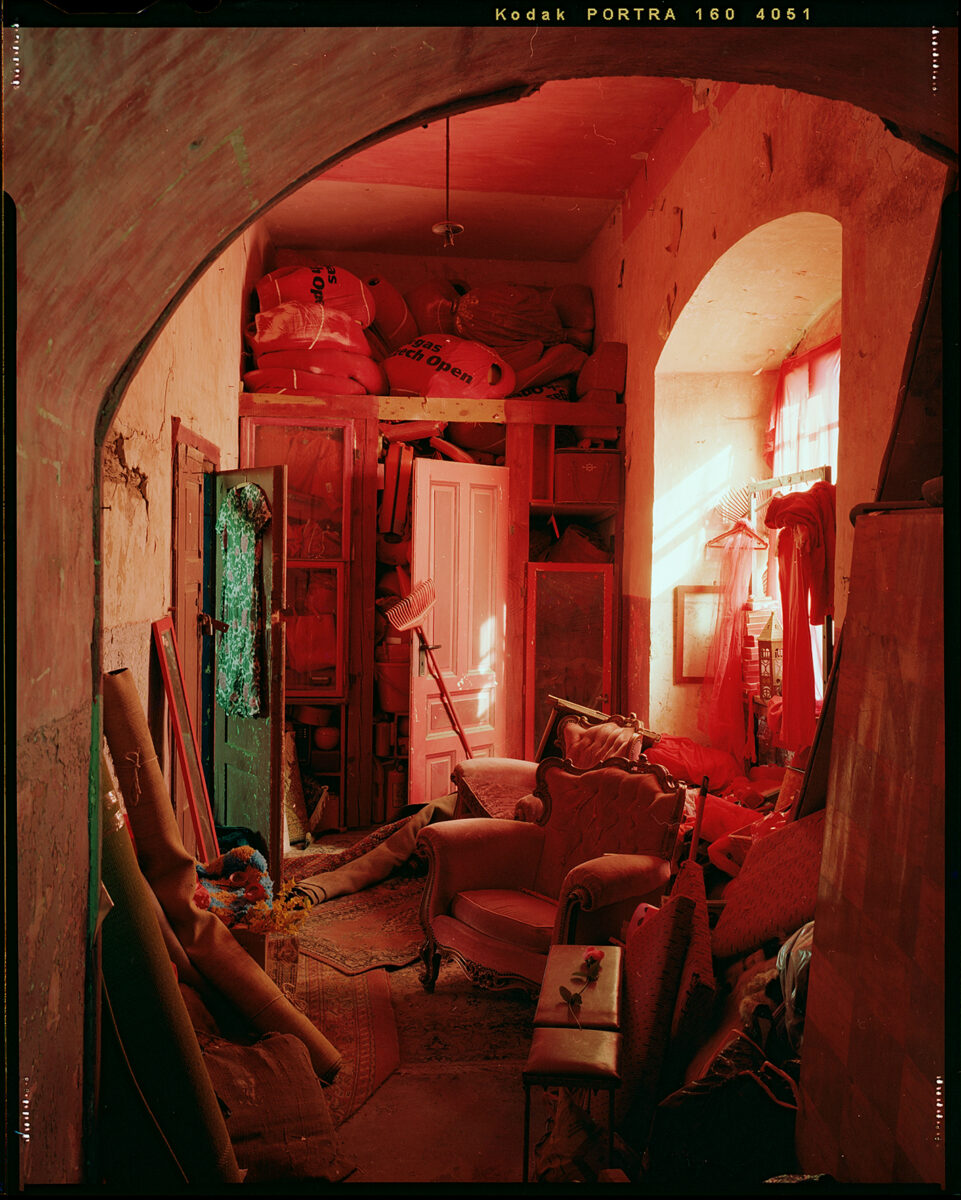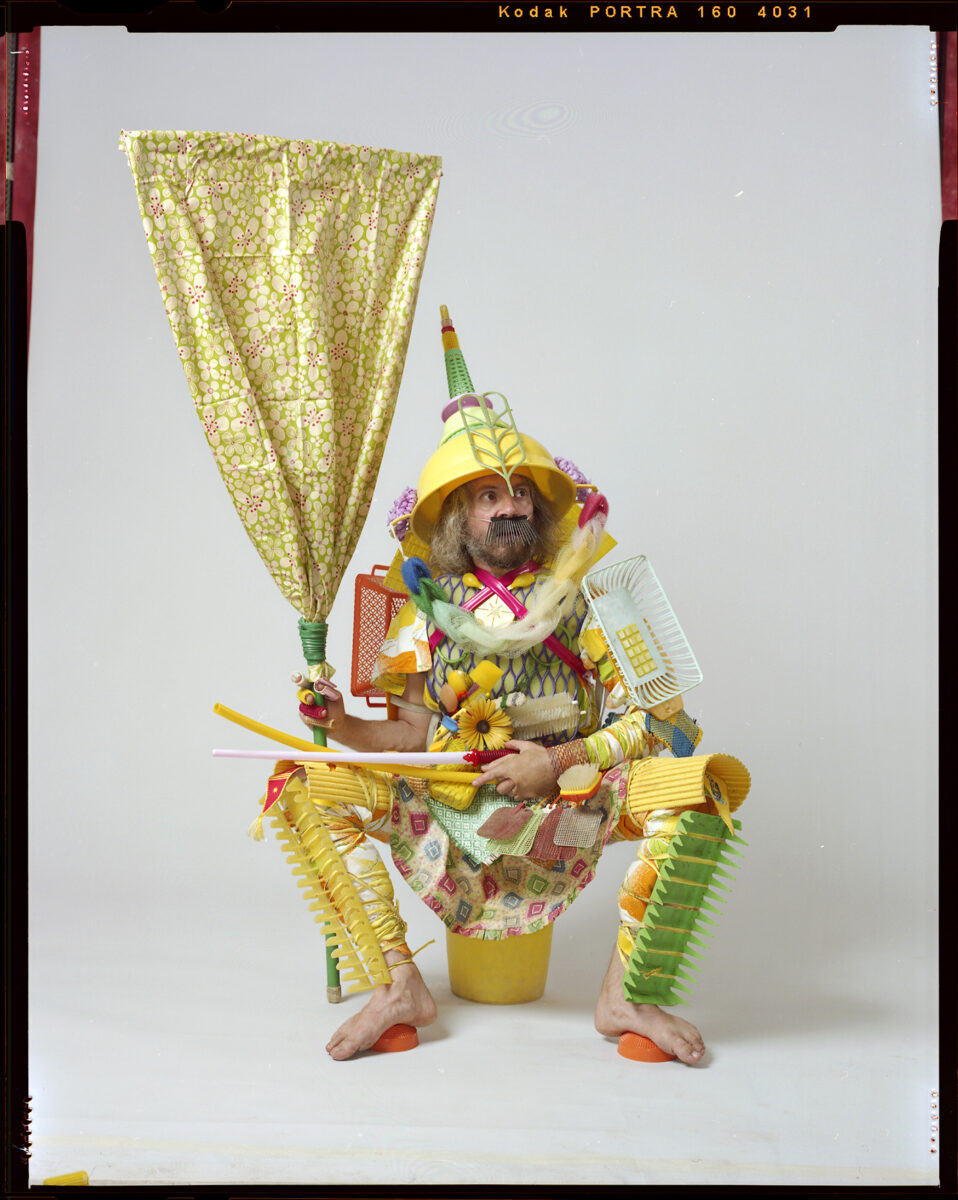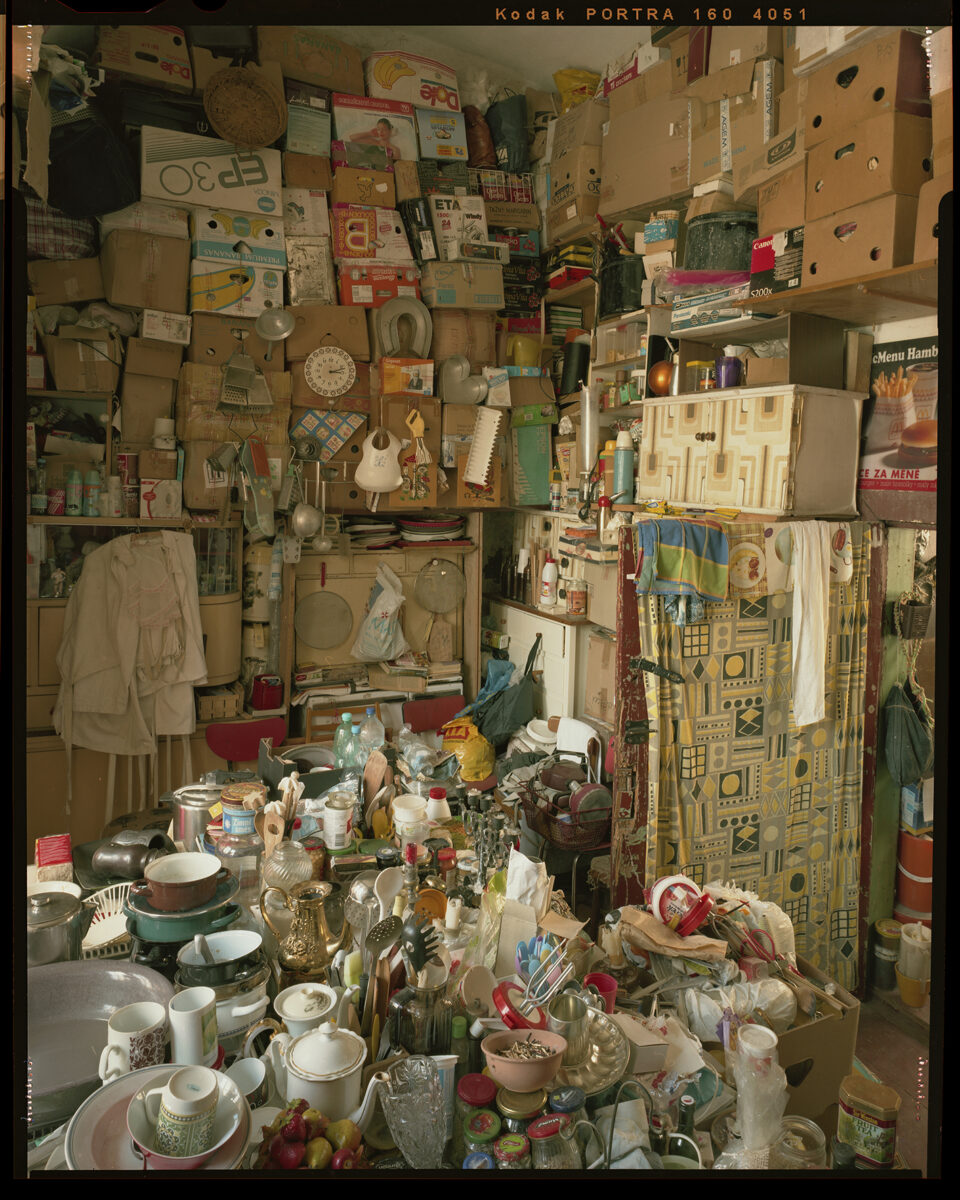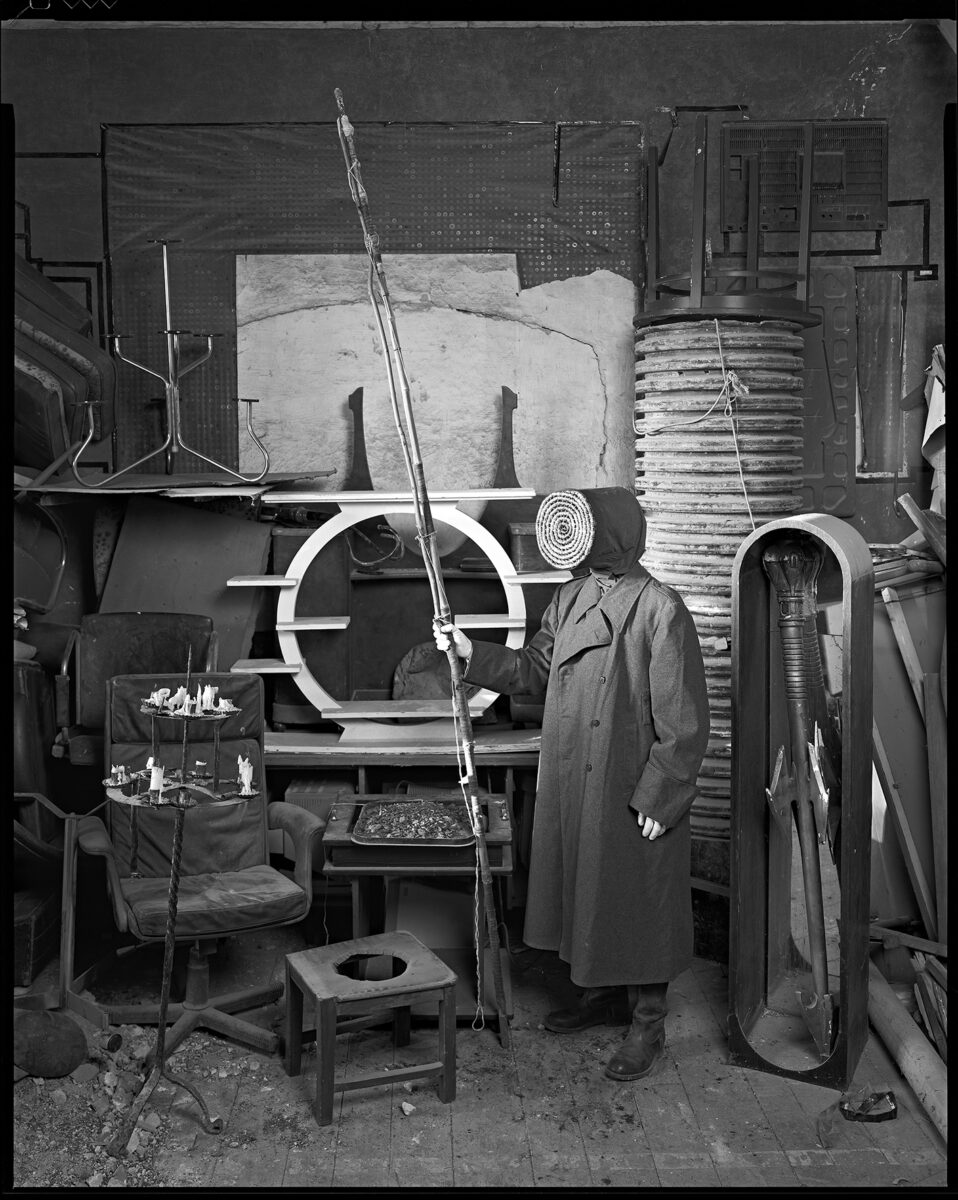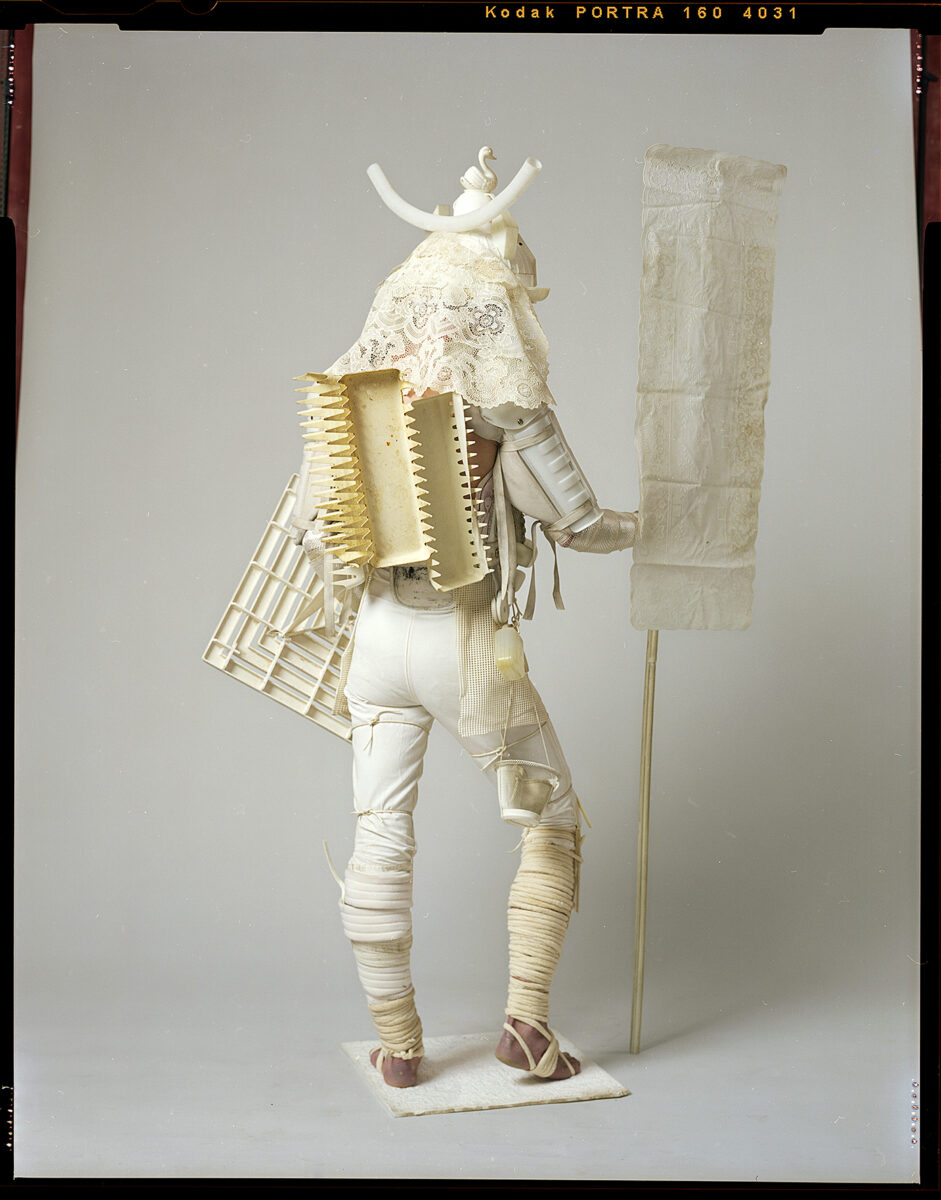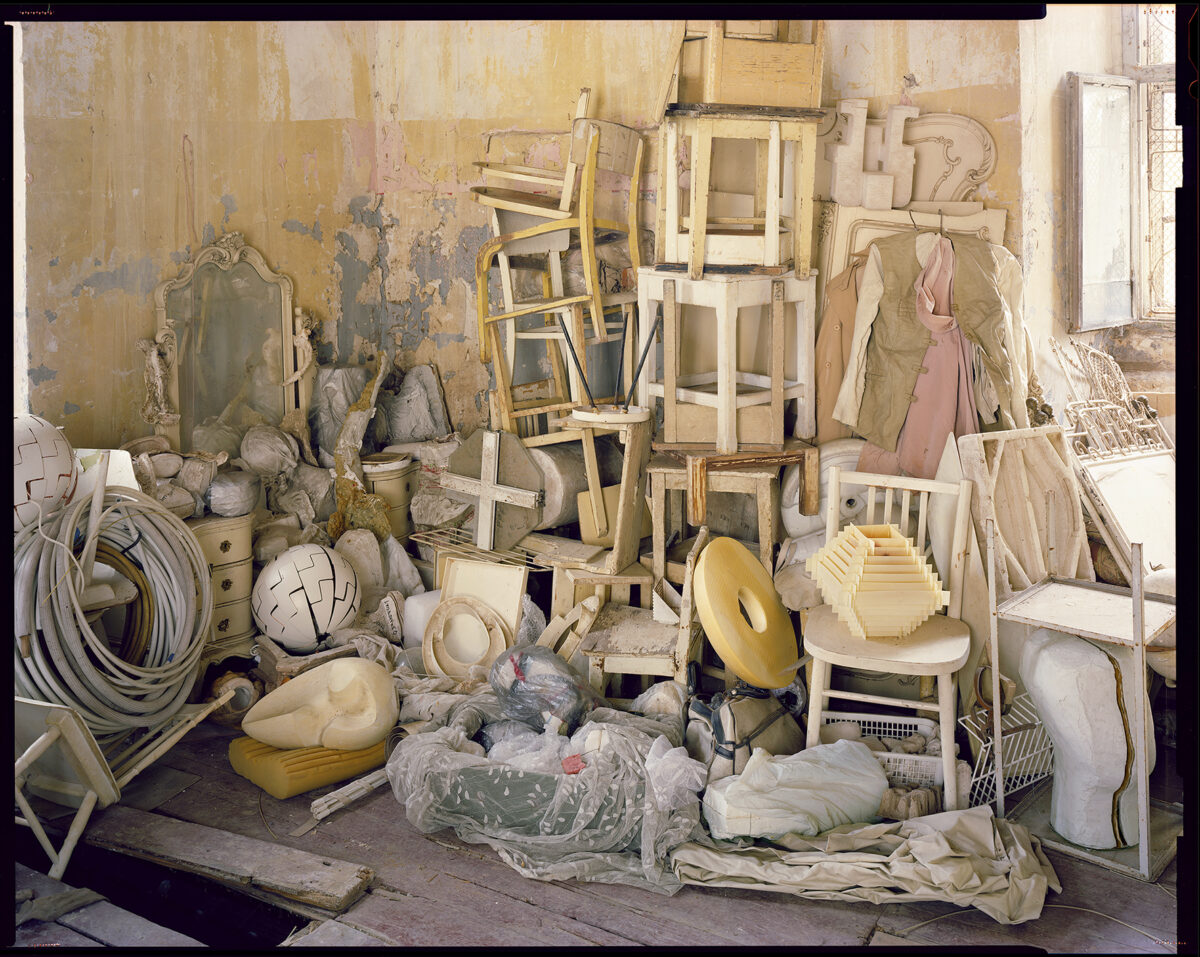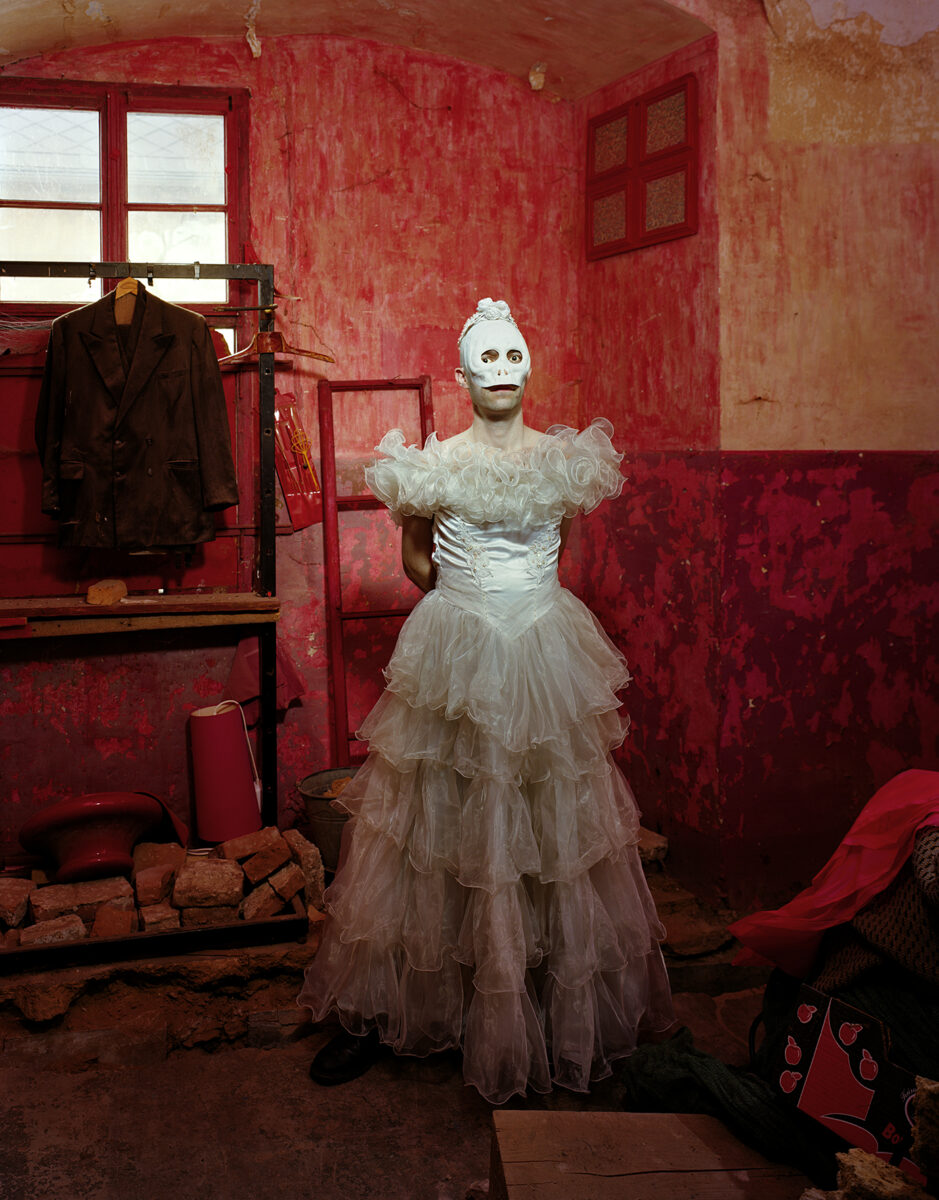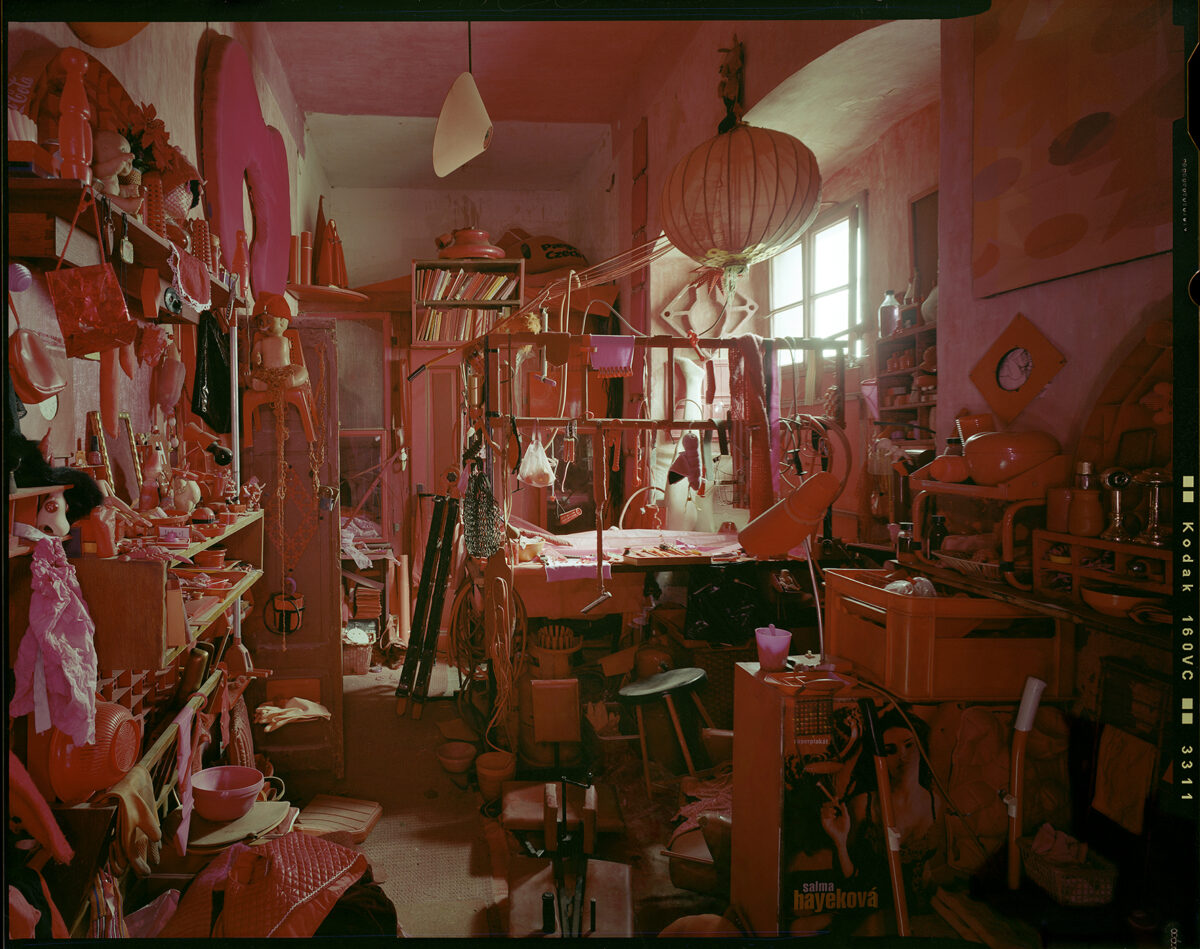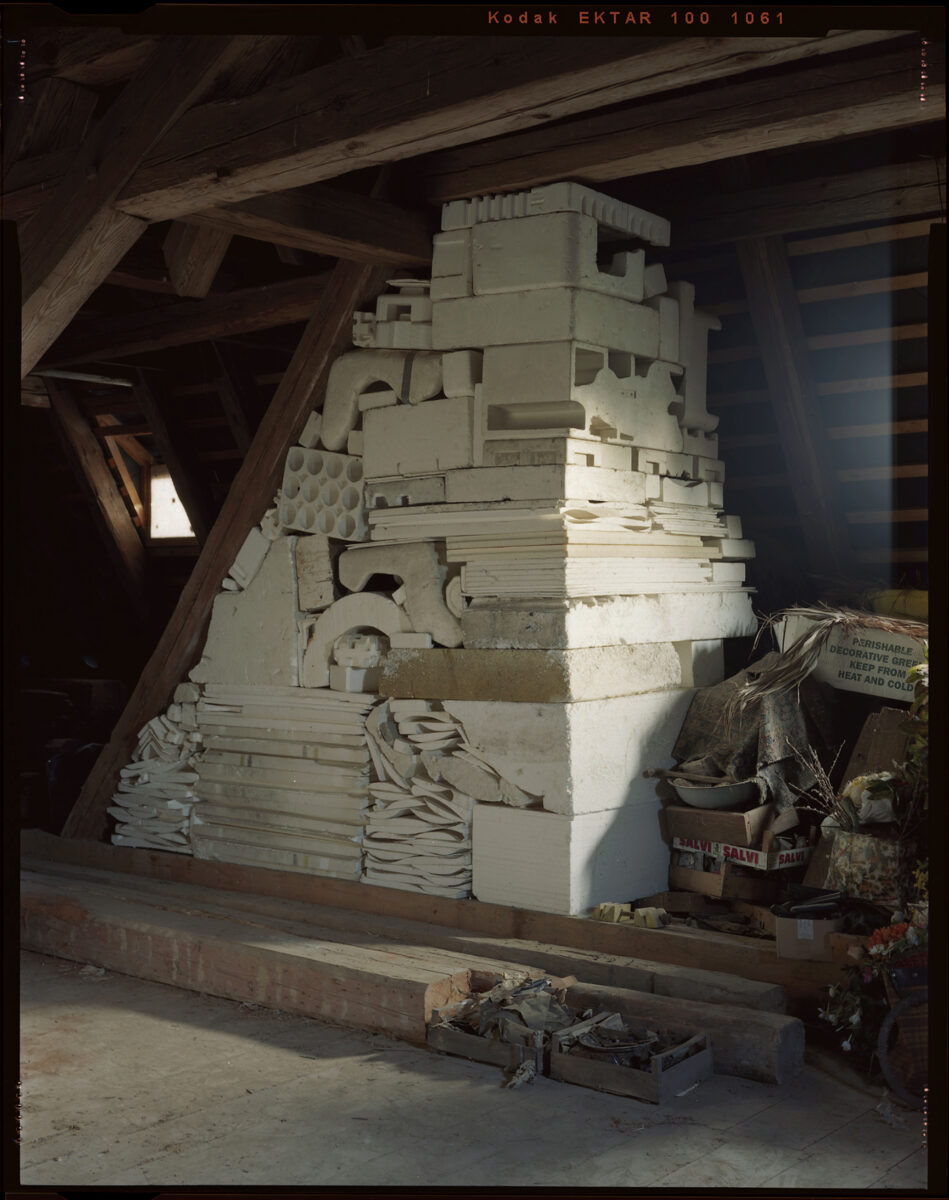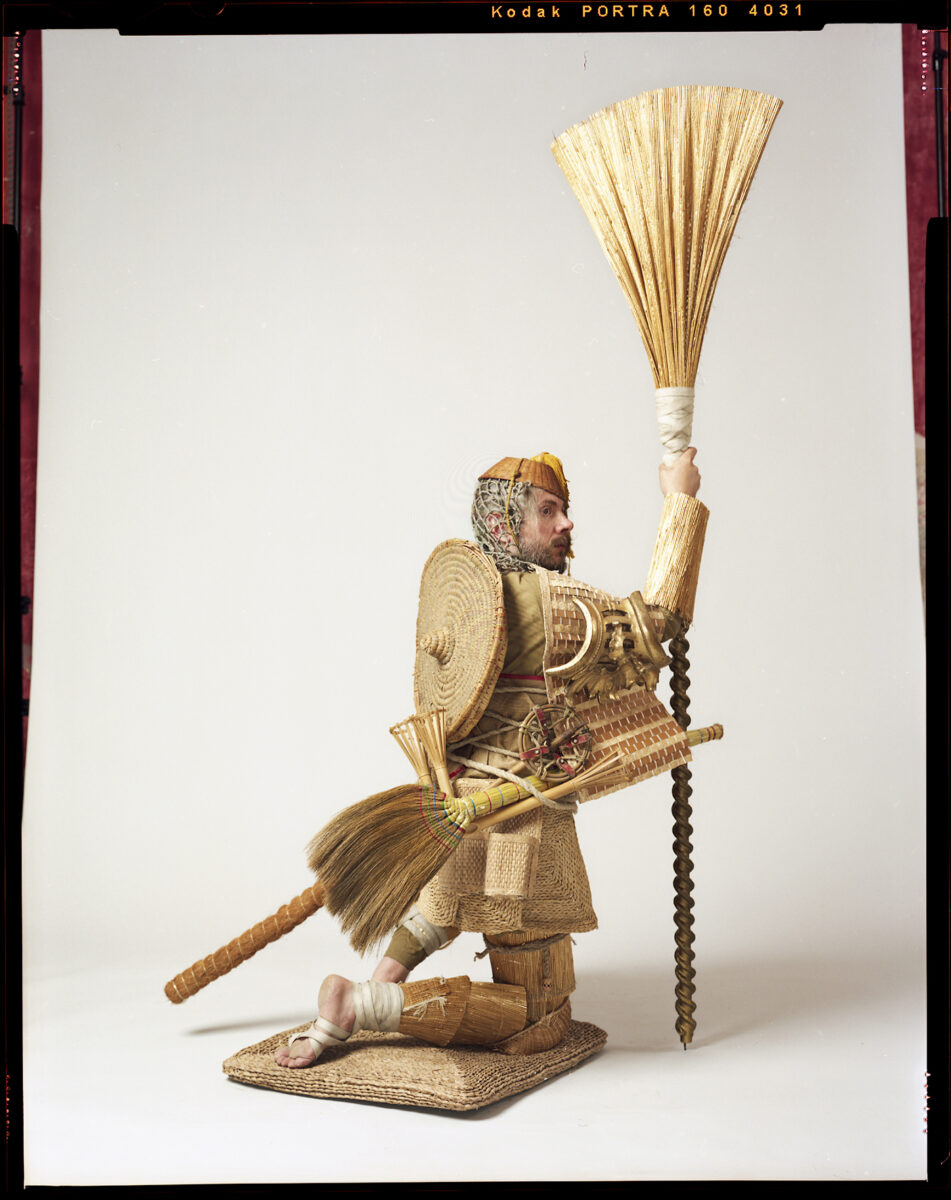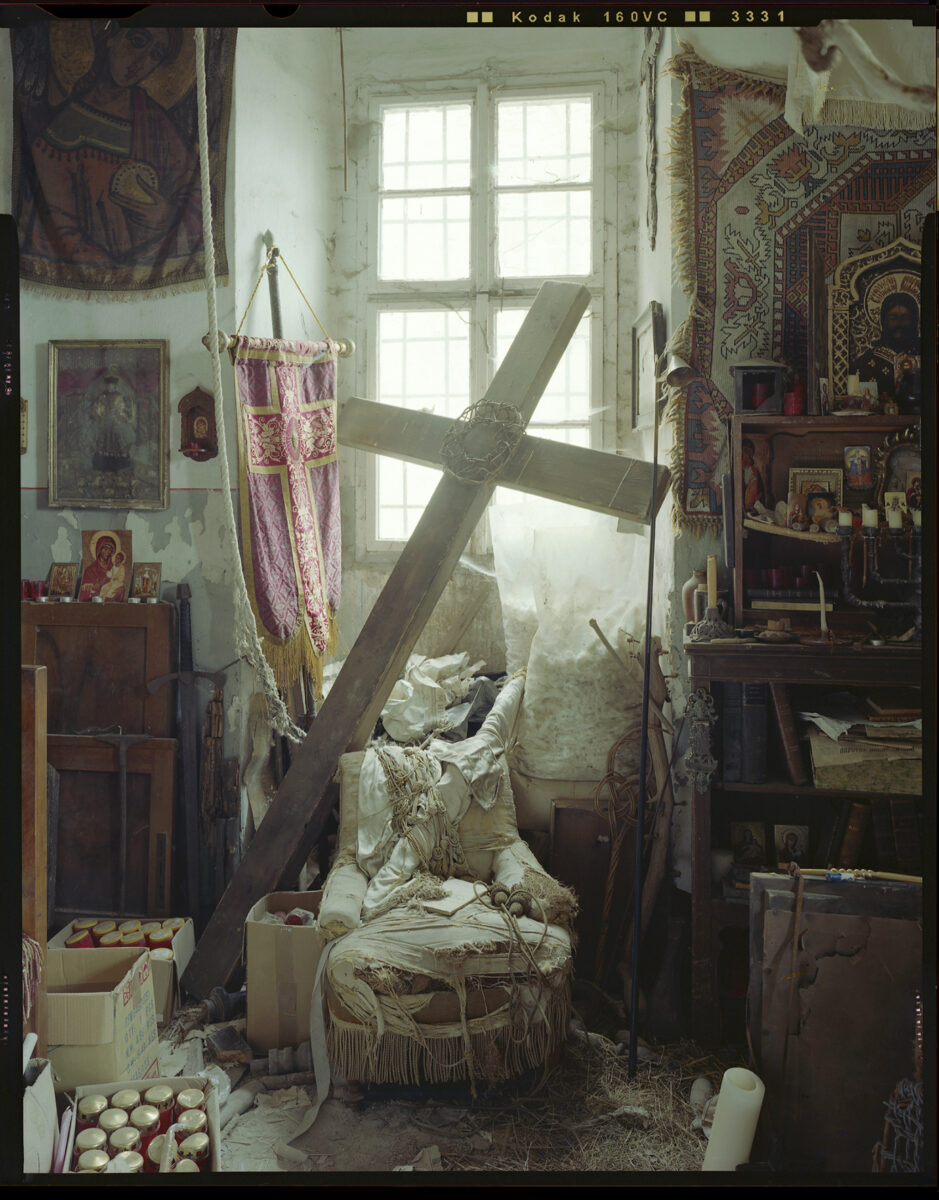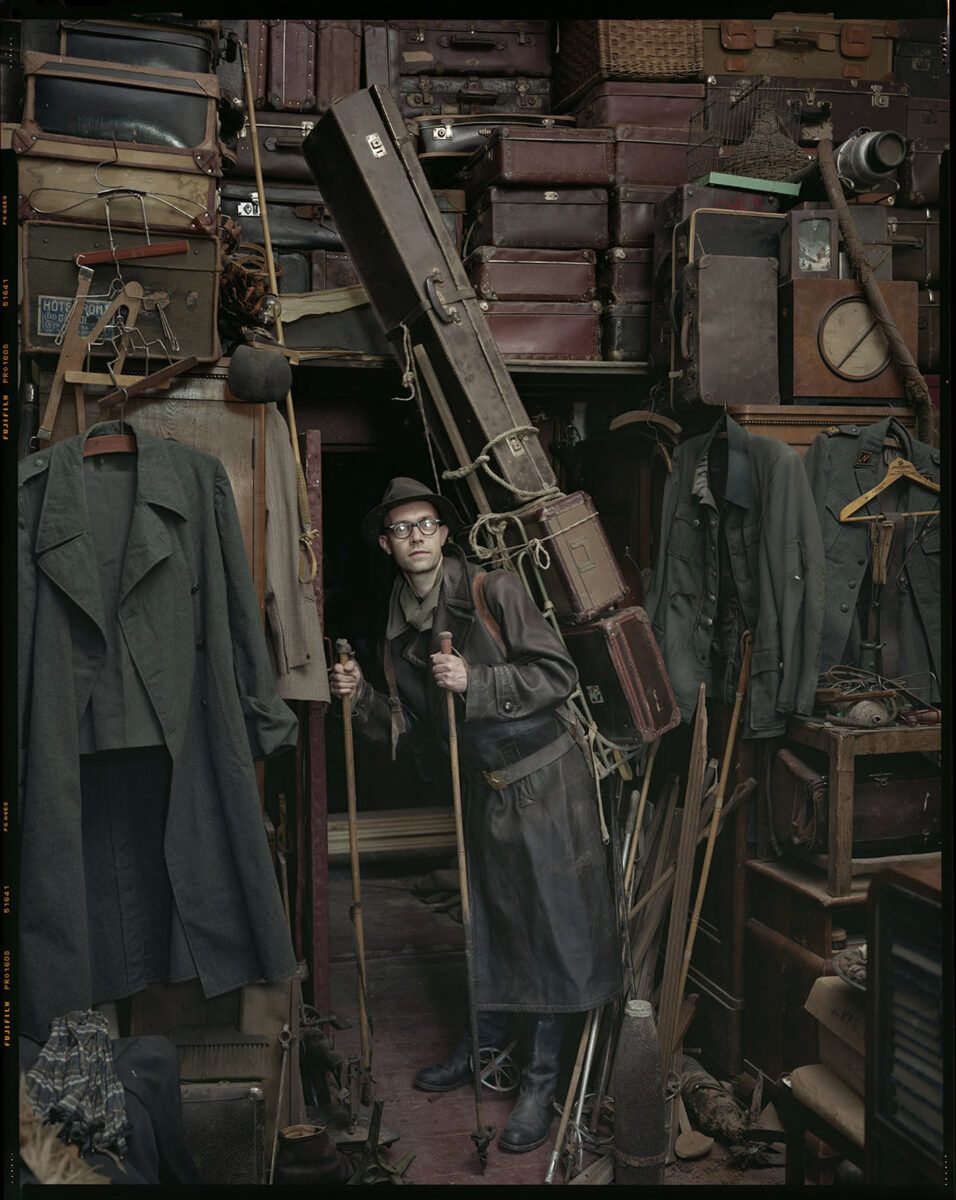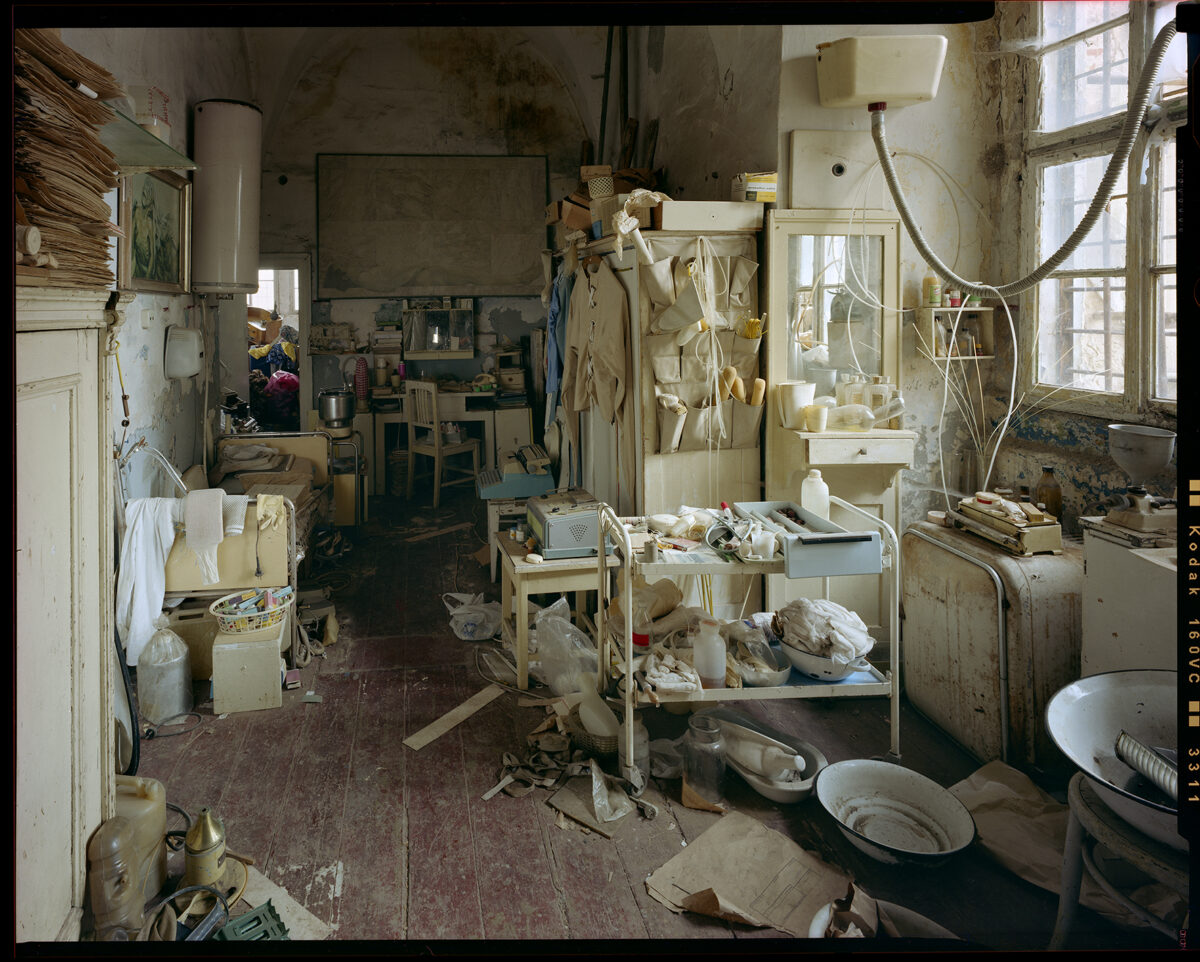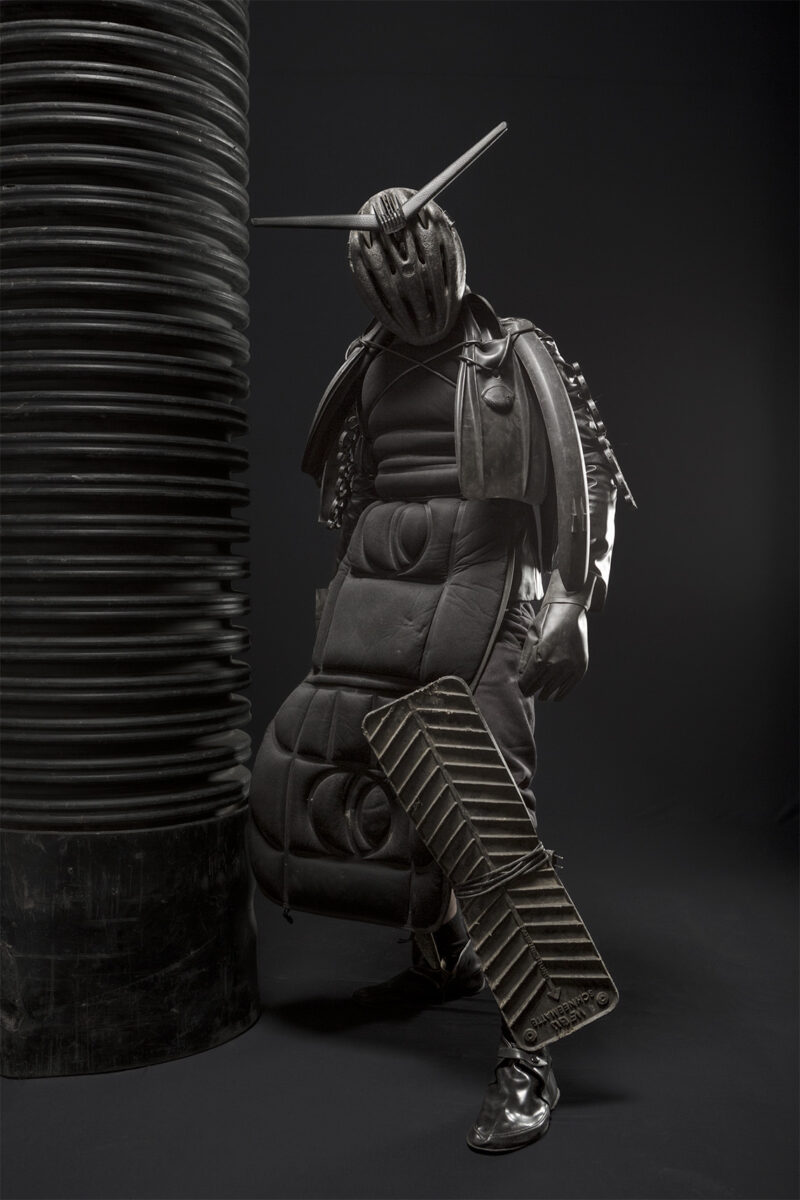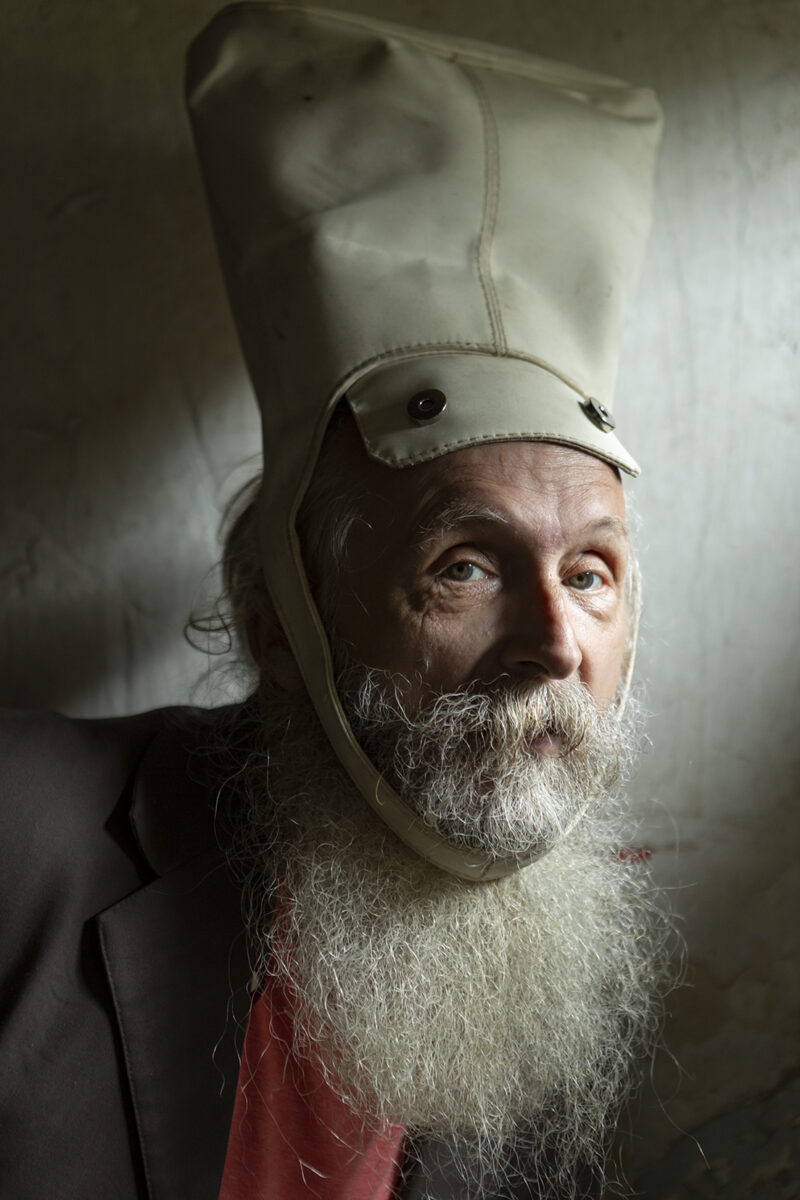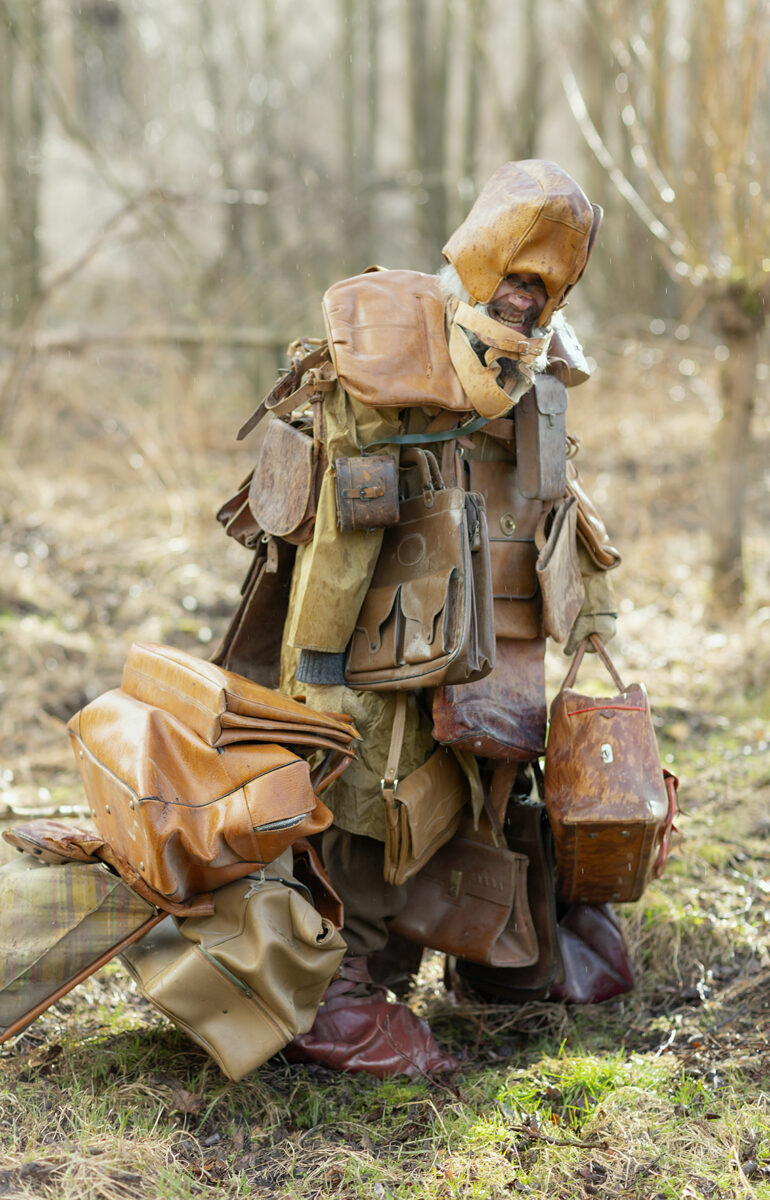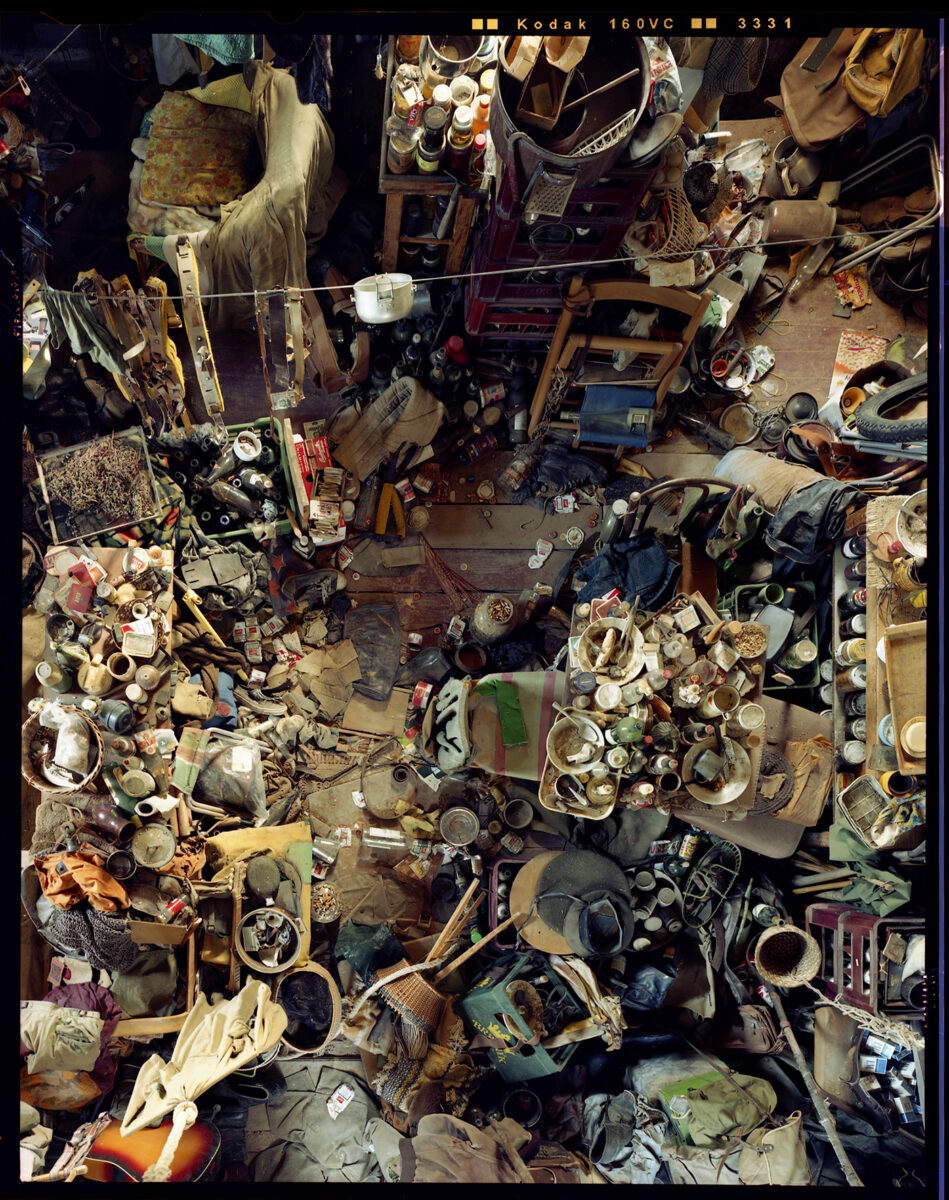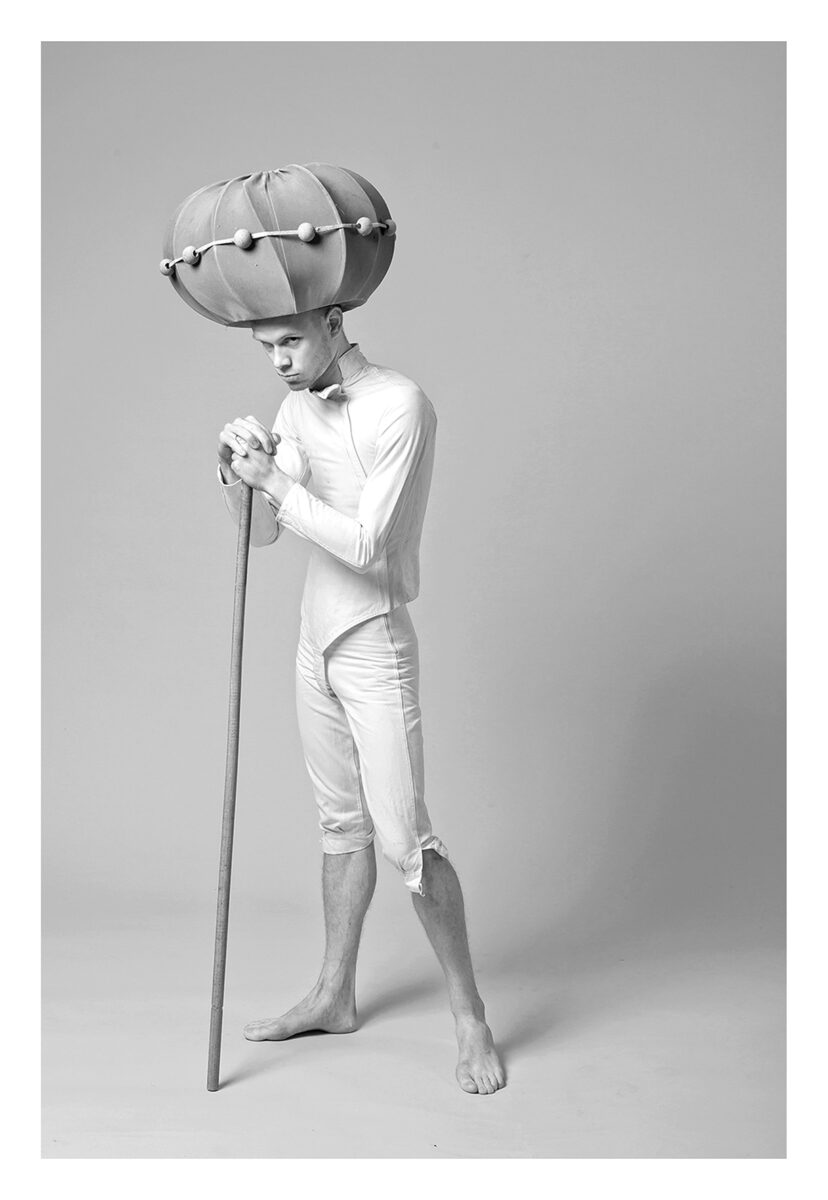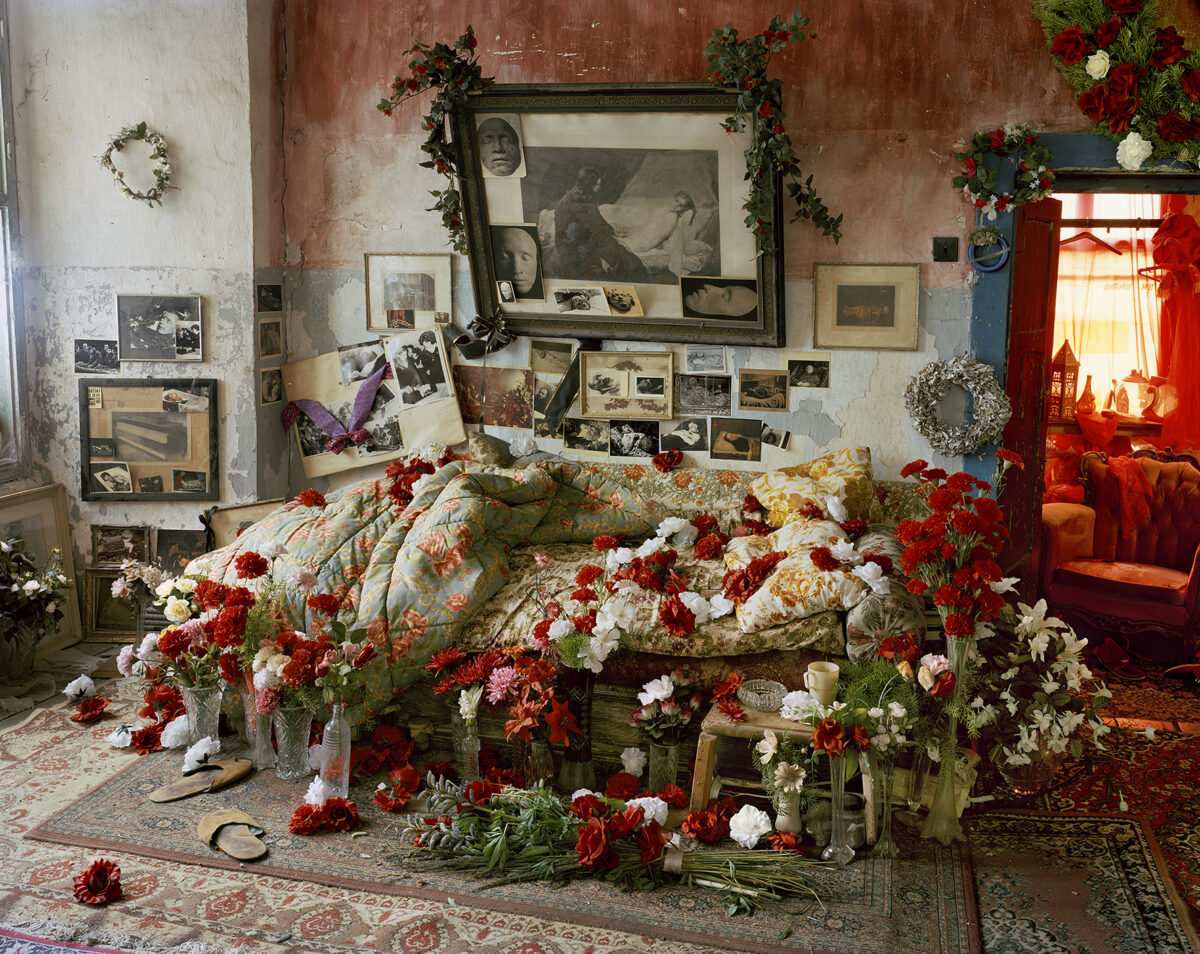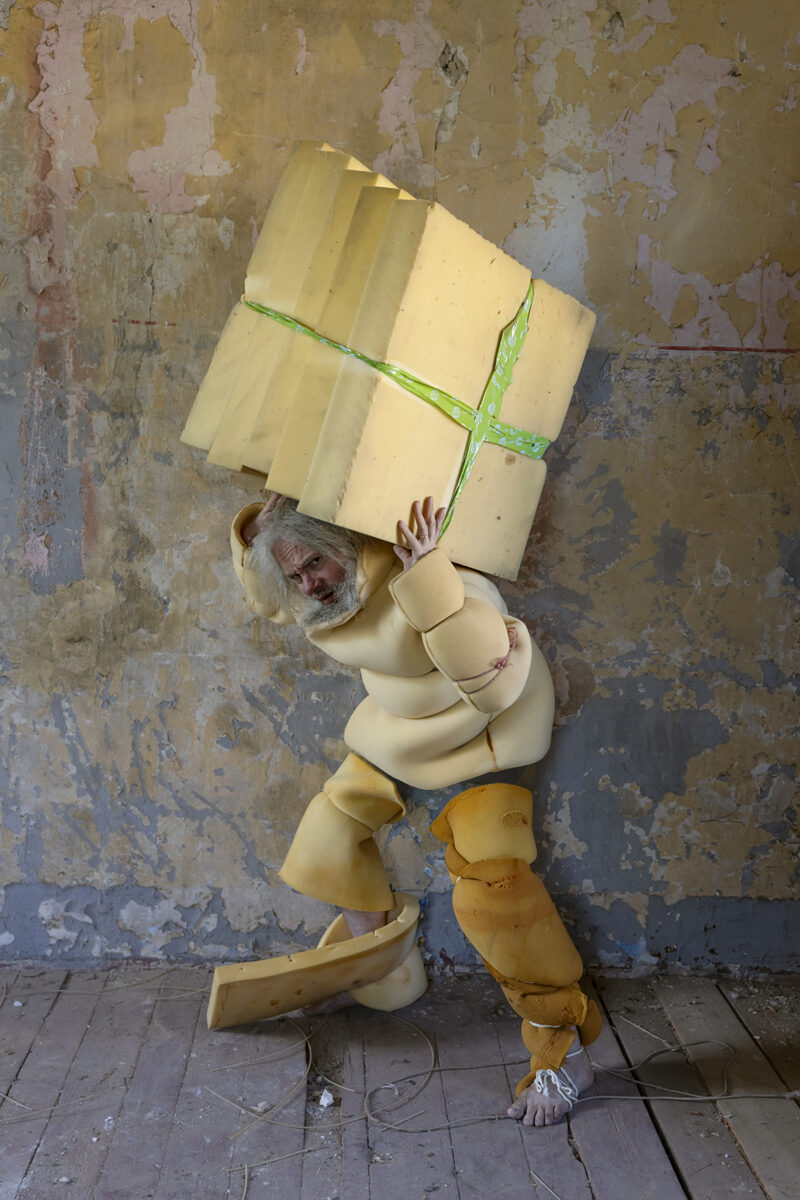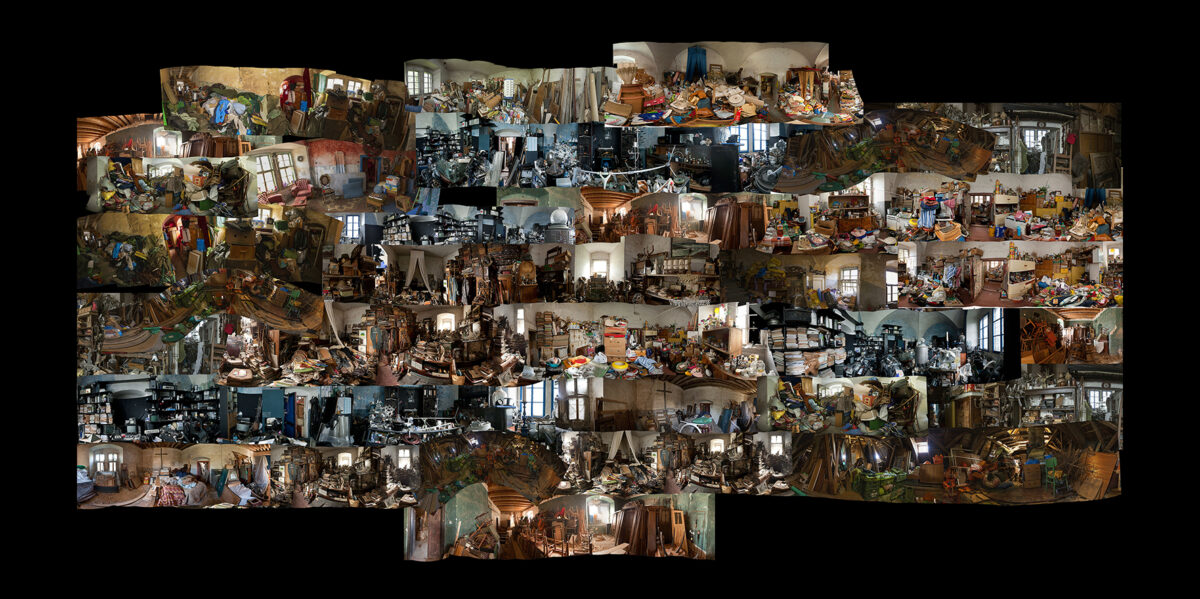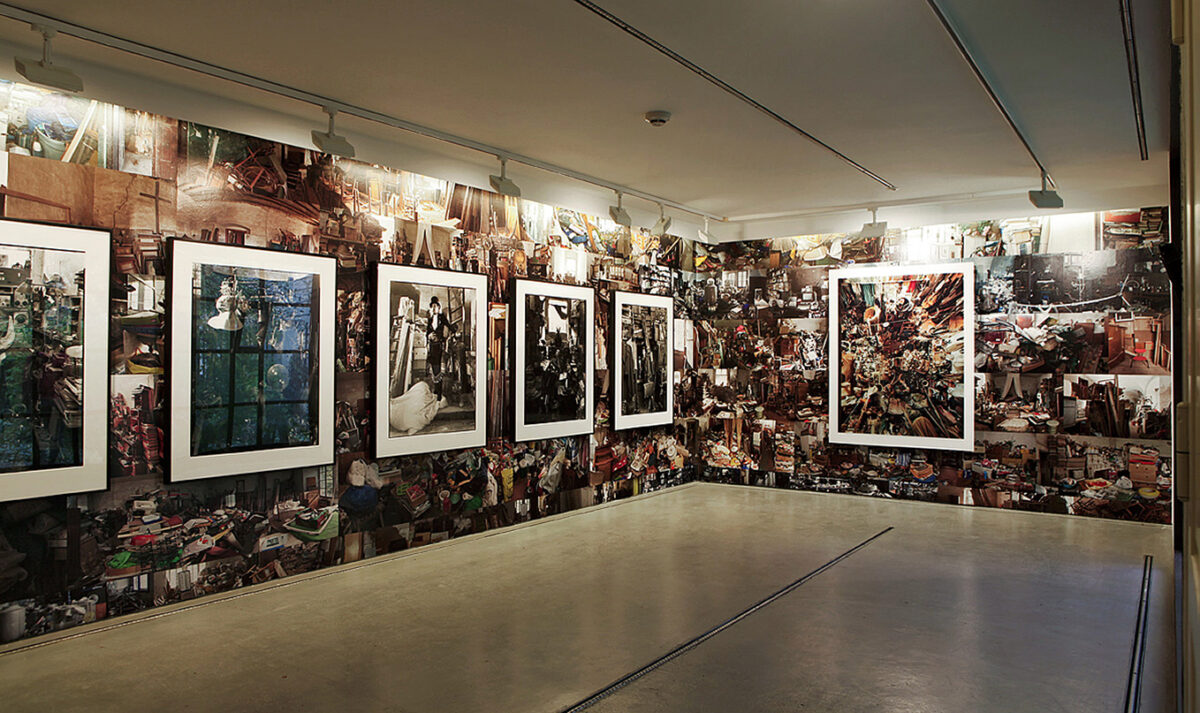Upsych 316a
Upsych 316a is many things. A medieval fortress, manor house and military facility in North Bohemia. A monument to hoarding and a scavenger’s theme park. A riotous travesty of catholic and bourgeois values between performance, installation and public endangerment. A way of life, and probably also of death, of a countercultural group cheekily bordering on a cult. Upsych stands in for Universal Psychiatric Temple.
Fifty miles from Prague, in a former military district still bearing traces of devastation by the Soviet occupation forces, Jednotné svatopěstitelské družstvo (The Peerless Cooperative of the Holy Nurture) has since 1997 owned the estate of Kuřívody. Primarily composed of a father and his two adult sons, one of the main objectives of the motley group is to gradually fill the house with what’s been left out by the new capitalist reality: mostly trash salvaged by the dumpsters, but also ideas and people. As an alternative to state psychiatric care, the JSD arrange rooms according to the needs of imaginary patients, viewing their conditions not as problems in need of treatment, but as talents deserving of space. Amidst clashes with conservationists and health inspectors, the JSD organize and reorganize waste and repurpose it for ridiculous rubbish rituals. While their installations have been mounted in major galleries, they generally stay on the fringes, their actions taking the form of friendly insider happenings in the landscape, photo studios or the castle itself. Cast-off costumes range from utensil samurai to DIY green men to “janitors of Nations” and other peculiar creatures, hybrids born on the edge of nature and culture, toxic yet indomitably alive. Too unstructured and whimsical for established art institutions, they often feature burning plastic, smokestacks and bare buttocks.
For over twenty years, Václav Jirásek has been participating in and recording their activities through documentary photographs, videos and staged large-format scenes, keenly surveying the enterprise whose adherents seem to have become victims of their own subject matter and often led their obsession to the point of self-destruction, from contamination to mental and physical exhaustion. His observations – and creations – playing along with the pretense, tend to mimic and subvert the form of a dated ethnographic study of a remote tribe or species. At other times, he has been maintaining a distance, utilizing the human and material resources of Upsych to formulate his own visions of distinctive stylization and logic. Driven by a lifelong passion for pollution as both an aesthetic and ruinous matter, his impulses are rooted significantly more in the art world, forming unequivocal expression informed by anything from folklore to Renaissance paintings to 19th-century Japanese woodcuts to avant-garde theatrical costumes or the still lifes of Josef Sudek. All the Victorian dignity and grandeur brought along with a large-format camera and the eye of a studied, baroque-haunted painter – along with the principles of the art world – are then readily corrected, undermined and ironized, with mass-produced, single-use plastics. Sometimes subtly, sometimes hilariously, the photographs then raise the questions of control over our identities and self-formation, our accelerating intergrowth with technology and eager forays into fantasy worlds. Captured or staged, they always gleefully circle the uneasy coexistence of nature and the contemporary form of human civilization, particularly the economy built on the belief in infinite growth, colonization and consumption and their toxic side effects in the form of inundation and untenable mental and environmental burden.

